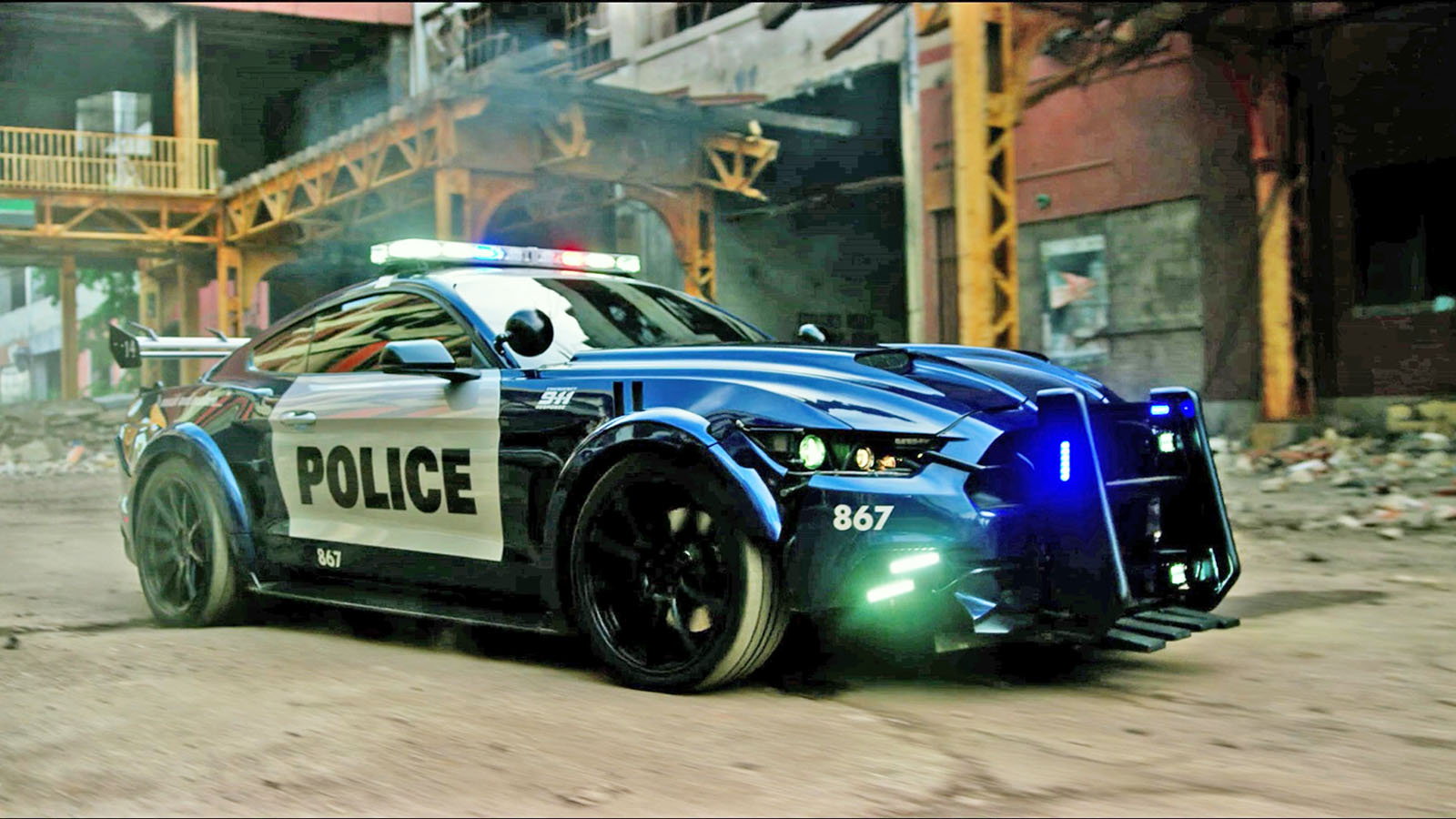Celebrate the 4th of July with Mustangs in the Movies
As with the case of many muscle cars, the Ford Mustang's had a close relationship with the movies.


















It's all about Goldfinger
Of course, we've got to go back to where the magic really began.
Among other things, 1964 was the year the Ford Mustang was introduced to the American public. Many people would have seen a Mustang for the first time on a screen, and in a James Bond film no less! While Bond (in one of Sean Connery's best performances) doesn't actually drive the Mustang in favor of his iconic Aston-Martin, the Bond girl Tilly Masterson drives it. The Mustang raked in an impressive amount of screen time in Goldfinger, including a car chase between the Aston-Martin and Mustang.
The James Bond effect
James Bond would return to the Ford Mustang in Diamonds Are Forever. We honestly can't think of a better way to get people hyped up for a car. There's a general consensus in pop culture that James Bond is the king of cool. By that logic: if it's cool enough for Bond, the Mustang should be cool enough for anyone. Considering the impact that Mustang has had since that introduction, we'd say people definitely bought into it.
A Legend for sure
The Ford Mustang has had a longer staying power than most. Even if it hasn't adapted to the times quite like the Chevy Corvette, the artifice of the film has seen fit to immortalize it at its very peak. Even more recent Mustangs encapsulate the same themes of self-reliance and freedom. Taking a look at the 2007 film I Am Legend, there's obviously decided to use a Shelby GT500 as the hero car. In a world of despair and apocalypse, it's there as a mechanical reflection of the hero's resolve and enduring hope. Even the paint job (bright red) is used as a further contrast to the dreary cityscape.
An archetype of independence
There's always going to be an undertone of independent spirit in American movies. From Hollywood's auteur-driven golden age in the 1970s to the present, there's always that life-affirming declaration that the individual can affect great change, both in himself and the world around him.
This reflects the bold individualism and optimistic persistence that define the American spirit. Of course, those feelings were going to make it into the movies, and what better what to express it than to place the hero behind the wheel of a fast car?
Goldfinger wasn't the first...
Here's a little-known fact: Goldfinger may have been the movie that brought the Mustang into the limelight, but it wasn't actually the first movie to show one. That goes to the French comedy Le Gendarme de Saint-Tropez. It is fairly obscure by today's standards but managed to beat Goldfinger to the punch by a matter of months. Ironically, this is probably the film's greatest claim to fame now.
The movie that birthed a variant
The 1968 fastback Mustang driven by Steve McQueen in Bullitt is probably the most iconic muscle car in the movies.
If you haven't seen Bullitt before, you're missing out. In addition to being an enjoyably gritty police drama, the film's car chase has a well-deserved reputation for being the best car chase in American film history. The direction and editing of the car chase know exactly how to ebb and flow the suspense, keeping things far more engaging than the sensory assault of most modern-day action films.
Transformers
Gone in 60 Seconds from 1974 showcased the Ford Mustang as a cutting-edge machine; the 1971 model used in the film was even modified to look like a newer '73 edition. While the Mustang was still fairly new in the 60s/70s heyday of car movies, recent times have taken more of a nostalgic approach to muscle cars. Most times someone sees a Mustang, no matter how recent the model year, there's always going to be that recollection of the vintage era.
From cutting-edge to warm nostalgia
A film series like the Transformers makes good use of the different vibes a Mustang can create. While vintage models inspire a sort of warmth in filmgoers, the newer models can be made to look menacing. This dichotomy between the old and new is recognized by the recent Mustang designers themselves; if you look Mustangs from the past decade, you can see the way they've tried to mediate the two styles as one, creating something that looks mean but true to those classic roots.
And of course...
John Wick is one of the best modern action films. Period. All of the action is choreographed with the finesse of a master, and executed with the enthusiasm of a true old-school action fan. As a throwback to classic action movies, it's very fitting that Keanu Reeves' (playing John Wick) hero car is a 1969 Mustang Boss 429. It plays an emotionally significant role for the protagonist and plot. Although you don't see it driven around much, the Mustang ties Wick to a very important part of his past. Likewise, the presence of the Mustang ties the film to a rich legacy of American filmmaking. The '69 model year of John Wick's Mustang is just a year off from the one that took Steve McQueen careening through San Francisco in Bullitt.
For help with service of your car, check out the how-to section of our sister site MustangForums.com
